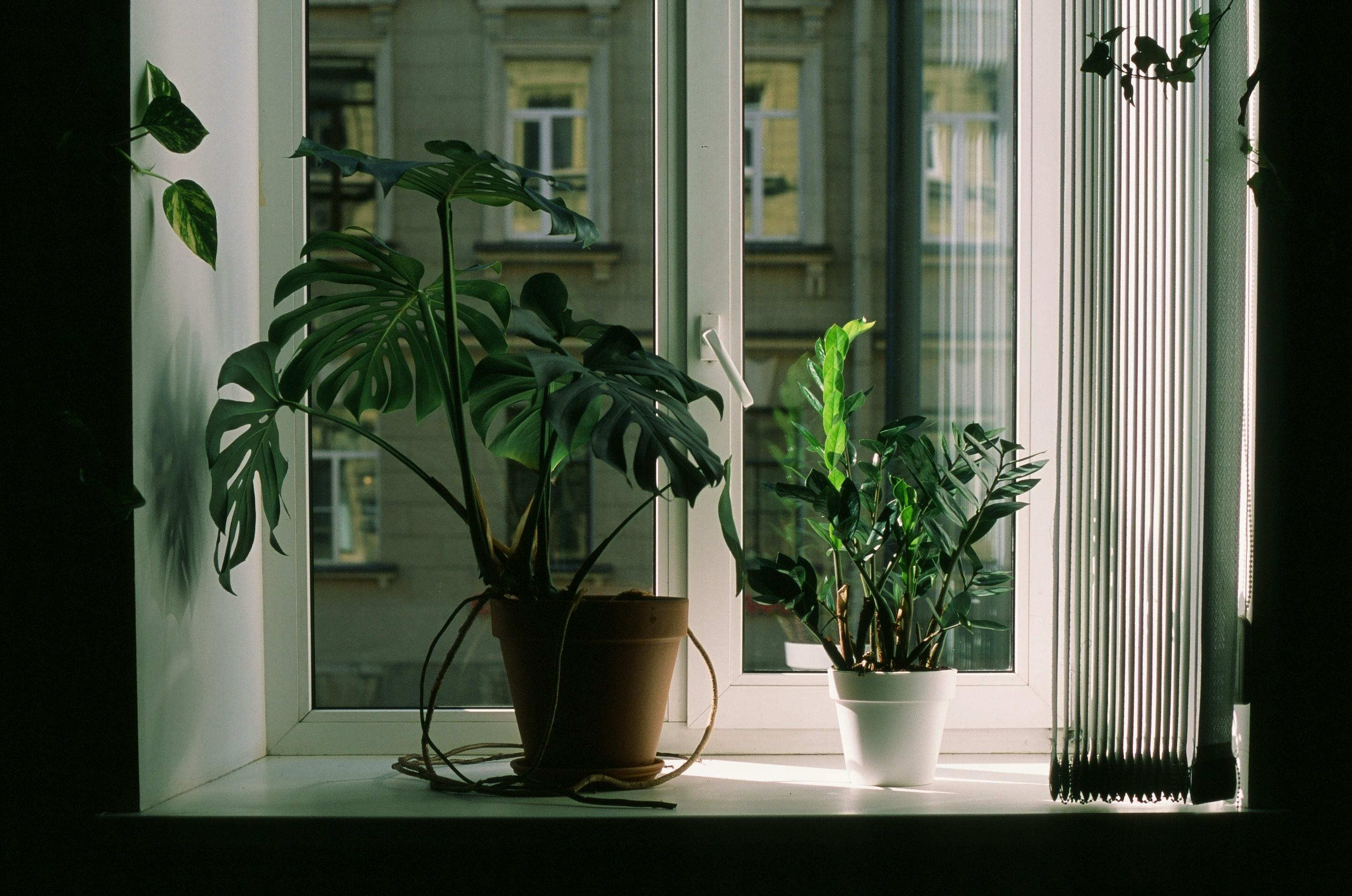
Bringing a touch of nature indoors can truly transform your living space, adding vibrant life and a sense of calm to any room. Yet, for many of us, the idea of keeping houseplants alive often comes with a hefty dose of anxiety. You’ve likely imagined lush greenery only to be met with wilting leaves and general plant parent despair. The good news? You absolutely don’t need a green thumb to enjoy the beauty and benefits of indoor plants. In fact, there’s an entire category of resilient, forgiving houseplants that practically thrive on neglect.
We’re talking about plants that adapt beautifully to the common conditions of our homes—think moderate light, average humidity, and even those times you forget to water them for a little too long. As Anup Mutalik, chief editor at Houseplants Nook, wisely puts it, “An easy houseplant is one that can adapt to common indoor conditions—things like moderate light, average humidity, and an occasional missed watering.” These botanical buddies are not just pretty faces; they are designed for durability, often requiring minimal pruning or fertilizing and tolerating varied light levels without a fuss. It’s all about finding the right match for your lifestyle.
Our goal here is to empower you with the knowledge to create a flourishing indoor oasis, even if your plant care history has been less than stellar. We’ll introduce you to some of the most accommodating and hard-to-kill plants out there, offering practical advice to help them thrive. These are the unsung heroes of the plant world, ready to brighten your home and purify your air without demanding constant attention. Forget the fear of failure; it’s time to embrace “neglectful care” and discover the joy of effortless greenery. Let’s dive into our top picks for beginner-friendly houseplants that truly make plant parenting a breeze.
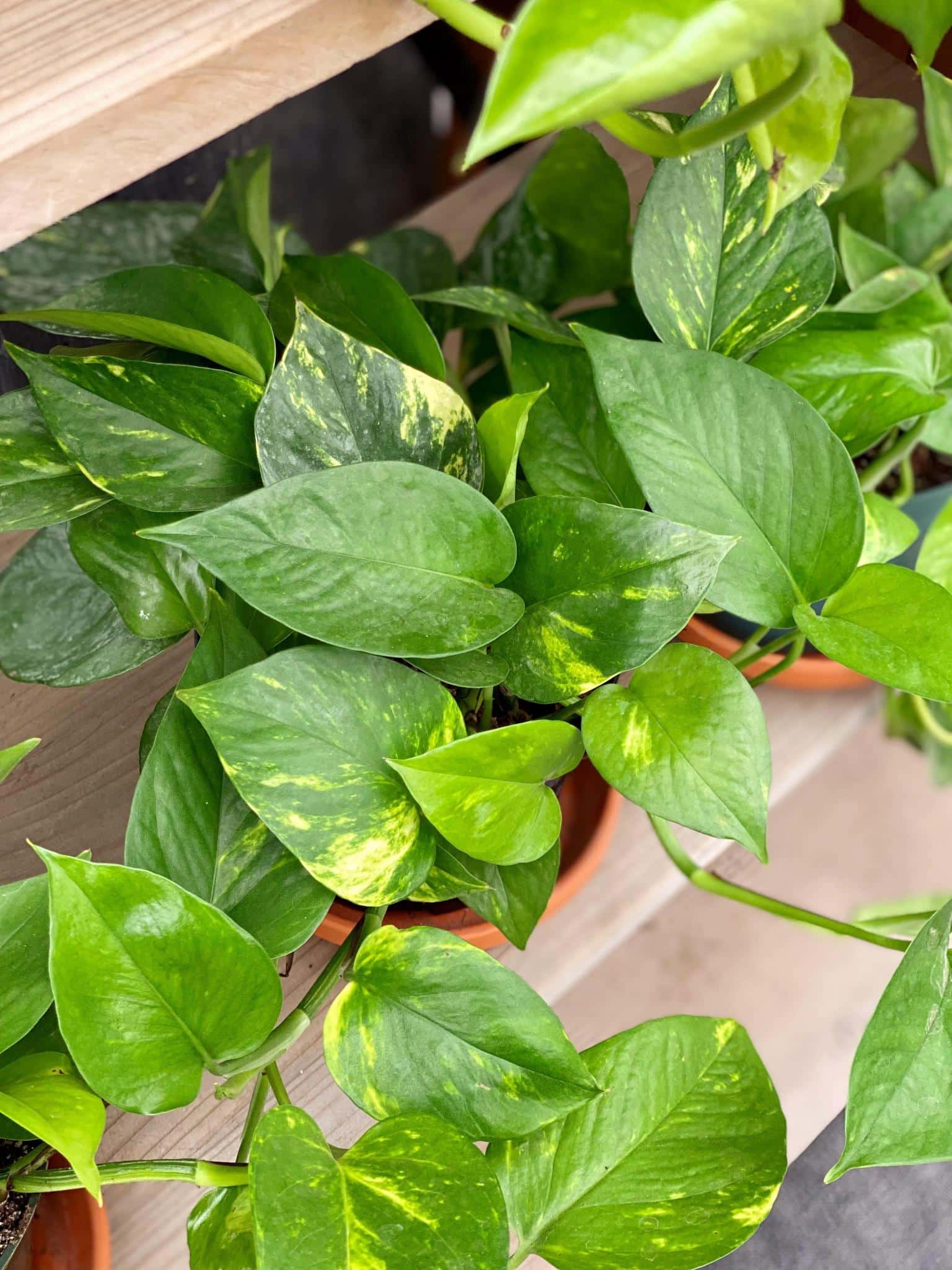
1. Pothos
Pothos is often hailed as the ultimate starter plant, a fantastic choice for anyone new to the world of indoor gardening, or even seasoned enthusiasts looking for a no-fuss addition. This hardy vine truly lives up to its reputation for resilience, thriving in an impressive variety of conditions that make it super easy to care for. Its lush, heart-shaped leaves are a visual delight, gracing homes with different shades of green, and some varieties even boast beautiful variegation, adding an extra layer of visual interest to your decor.
One of the most appealing aspects of the Pothos is its incredible versatility in how it can be displayed and grown. You can let its charming, trailing vines cascade elegantly from hanging baskets, creating a stunning waterfall of greenery that draws the eye upward. Alternatively, you can train it to climb up a moss pole, allowing it to ascend and fill vertical spaces with its verdant foliage, offering versatility in display and seamlessly integrating into almost any room.
When it comes to light, Pothos is wonderfully unfussy, performing well in conditions ranging from low light corners to brighter spots with indirect light. Watering is equally straightforward; simply wait until the top inch of soil feels dry to the touch before giving it a drink. This forgiving nature means it won’t throw a fit if you occasionally forget to water, making it perfect for busy schedules or those prone to occasional lapses in plant care, ensuring it continues to flourish with minimal fuss.
Beyond its aesthetic appeal and ease of maintenance, Pothos also contributes positively to your home’s air quality. It’s an excellent natural air purifier, actively working to remove common indoor pollutants like formaldehyde and benzene from the atmosphere. This makes your living space not only more beautiful but also healthier, and coupled with its known rapid growth, Pothos offers the satisfying experience of quickly seeing tangible results from your plant-parenting efforts, boosting your confidence right from the start.
Read more about: Breathe Easy! 14 Air-Purifying Plants That Thrive in Low Light, Making Your Home Healthier and Happier

2. Spider Plant
Spider plants are truly super easy to grow, making them an iconic and beloved choice for beginners in the houseplant world. Their distinctive appearance, characterized by long, arching leaves often adorned with elegant white stripes, adds a graceful touch to any space. These resilient plants are known for their ability to thrive in bright, indirect light, but what makes them truly beginner-friendly is their impressive tolerance for lower light conditions as well, giving you flexibility in placement within your home.
One of the most endearing qualities of spider plants is their remarkably low-maintenance nature. They don’t demand much in the way of watering, happily allowing the soil to dry out completely between waterings. This forgiving trait makes them perfect for those who might occasionally forget their plant care duties. Furthermore, these plants are celebrated for their significant air-purifying capabilities, actively working to remove common household toxins like formaldehyde and xylene, contributing to a fresher, healthier indoor environment.
Perhaps the most charming feature of spider plants is their prolific production of little “babies,” scientifically known as plantlets or spiderettes. These miniature versions of the mother plant dangle gracefully from the parent, creating a whimsical and engaging display. This natural propagation is not only visually appealing but also incredibly practical; you can easily snip these spiderettes off and root them to create new plants, expanding your own collection or sharing with friends without any extra effort.
Spider plants look absolutely stunning when showcased in hanging baskets, where their cascading leaves and dangling spiderettes can truly shine and create a beautiful focal point. They also make excellent additions to shelves, brightening up any corner with their vibrant green foliage. Their adaptability and charming appearance make them a delightful sight, effortlessly adding greenery and flair to almost any corner of your home, proving to be a cheerful and easy-going houseplant that even gives you helpful visual cues when it needs something.
Read more about: Investment Guide: The 14 Classic Cars That Have Consistently Appreciated by Over 50% in the Last Decade
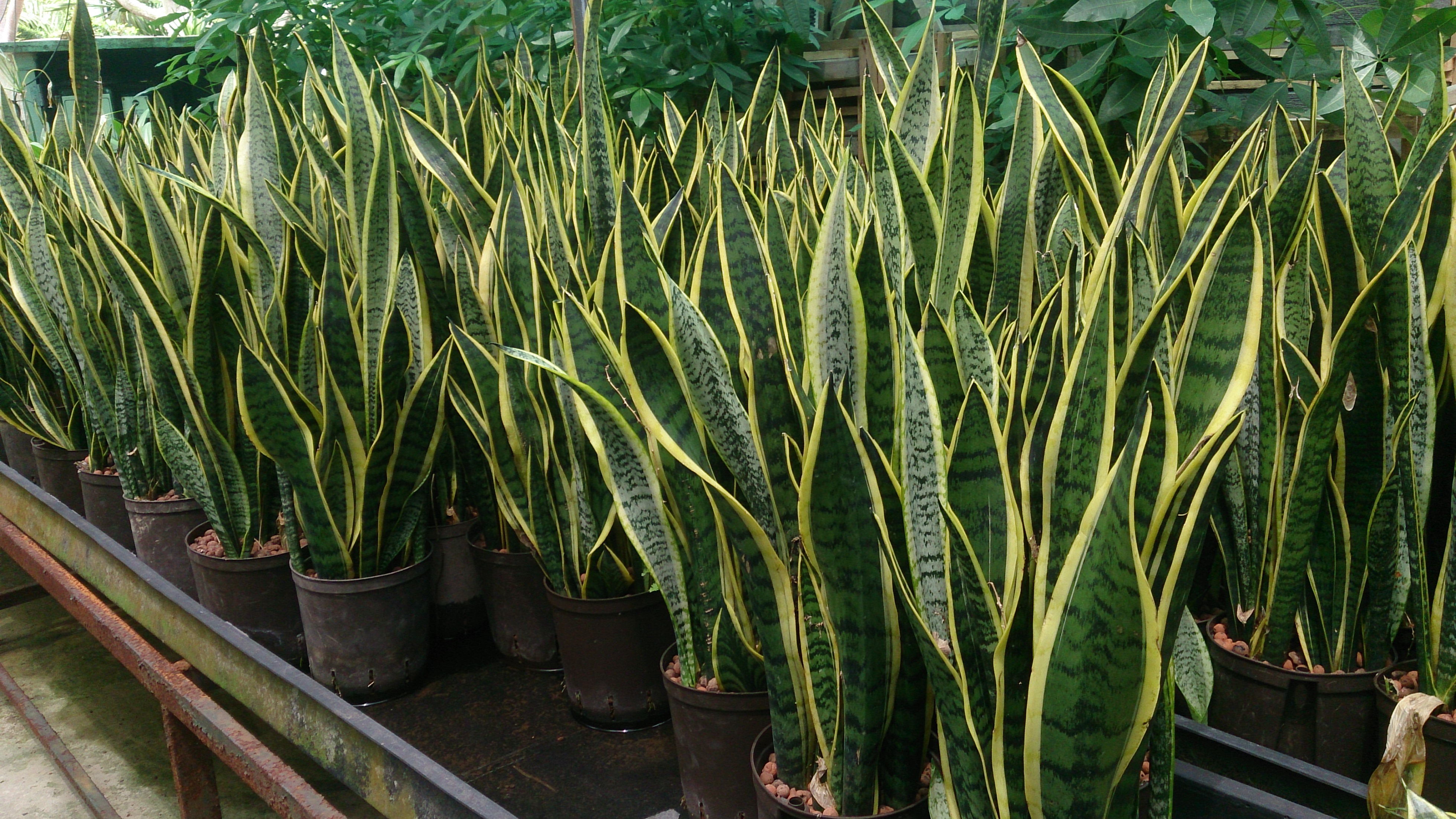
3. Snake Plant
The Snake Plant, also widely known as Sansevieria, is a true titan of the houseplant world, earning its reputation as tough as nails and virtually impossible to kill. This makes it an absolutely perfect choice for beginners, or anyone who appreciates plants that thrive on neglect. Its robust nature means it can survive and even flourish in conditions that would challenge many other houseplants, particularly its ability to withstand low light and infrequent watering, adapting easily to the hustle and bustle of modern life.
Visually, snake plants are striking, characterized by their tall, rigid, sword-like leaves that grow upright, adding a distinctly modern and architectural touch to any room. Their unique form and often variegated patterns bring an element of sophisticated simplicity to your decor, making them a standout piece without demanding constant attention, and an ideal plant companion for any home.
Beyond their undeniable aesthetic appeal, snake plants are also powerhouses when it comes to air purification. They actively work to cleanse your indoor environment, removing common toxins such as formaldehyde and benzene. This ability to improve air quality makes them not just decorative, but a beneficial addition to any home, contributing to a healthier living space with very little effort required from you.
The care routine for a snake plant couldn’t be simpler, truly embodying the “set it and forget it” philosophy. Watering is only necessary when the soil is completely dry to the touch, and placing them in indirect light is ideal, though they are incredibly tolerant of lower light conditions. Their slow growth rate is another plus, meaning you won’t have to worry about frequent repotting, further minimizing your long-term maintenance tasks. With their striking appearance and incredibly low maintenance needs, snake plants are an ideal choice for new plant parents.
Read more about: Beyond the Script: 10 Jaw-Dropping Real-Life Incidents That Shaped Harrison Ford’s Legendary Persona
4. Monstera Deliciosa
Monstera Deliciosa has soared in popularity among indoor plant enthusiasts, and it’s easy to see why. Its large, glossy leaves with their iconic, distinctive splits and holes create an unparalleled visual impact, making it an undeniable standout in any room. This tropical plant, often referred to as the “Swiss cheese plant,” might look exotic and high-maintenance, but it is surprisingly relatively easy to care for, positioning it as a perfect candidate for beginners eager to cultivate a stunning statement piece.
To ensure your Monstera Deliciosa thrives and displays its characteristic lushness, you’ll want to place it in a spot that receives bright, indirect light. While it certainly can tolerate lower light conditions, its growth won’t be as rapid, and the distinctive fenestrations in its leaves might not develop as prominently. When it comes to watering, a simple rule of thumb applies: allow the top inch of soil to dry out to the touch before thoroughly watering again, preventing the common pitfall of overwatering.
These magnificent plants originate from tropical climates, so they naturally appreciate a bit of humidity. You can easily keep your Monstera happy by regularly misting its leaves or by placing a pebble tray filled with water nearby, which will gradually increase the ambient humidity around the plant. As your Monstera grows and matures, it will benefit from structural support like a moss pole or a sturdy trellis, allowing its aerial roots to anchor and providing a natural way for the plant to climb upwards.
With consistent and proper care, your Monstera Deliciosa has the potential to become an absolutely stunning focal point in your home. Its dramatic foliage and impressive size can transform an ordinary corner into a vibrant, jungle-inspired sanctuary, offering the rewarding experience of nurturing a plant that grows into a magnificent specimen. It’s a great starting point for beginners, fostering confidence by delivering a striking visual presence with a manageable care routine.
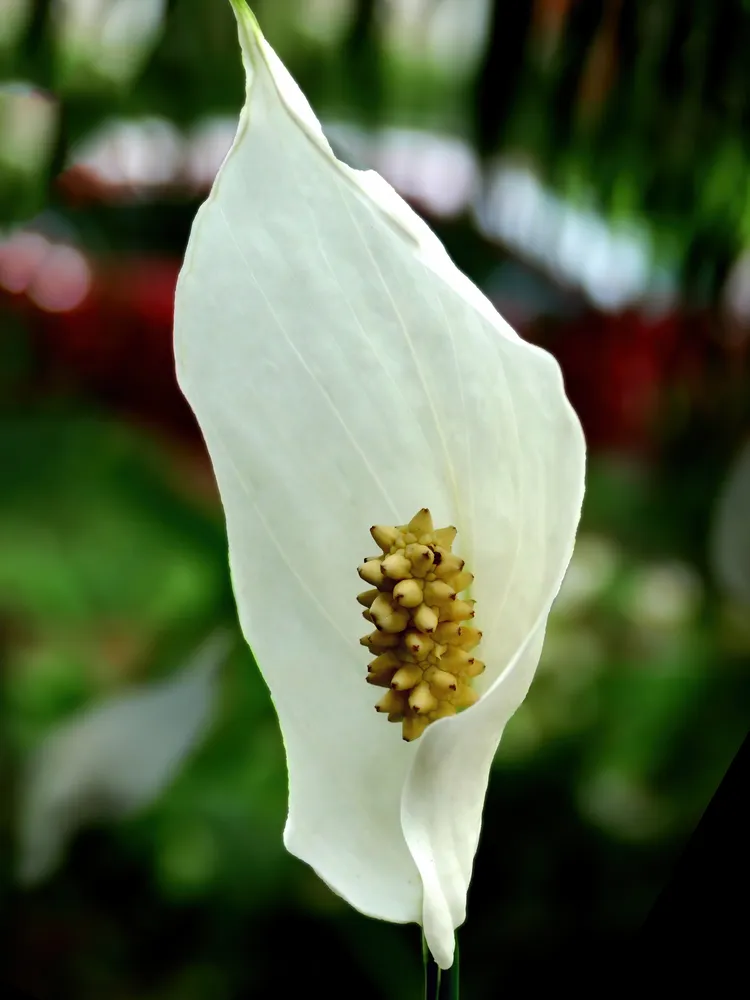
5. Peace Lily
Peace lilies are an exceptional choice for new plant parents, offering both elegant beauty and remarkably easy care. These graceful plants are known for their glossy green leaves that provide a lush backdrop to their iconic white flowers, which beautifully resemble calla lilies. What makes them particularly beginner-friendly is their incredible ability to thrive even in low-light conditions, making them ideal for apartments, offices, or any space that doesn’t receive an abundance of direct sunlight.
One of the most endearing and practical traits of peace lilies is their communicative nature; they are quite forgiving and will visibly signal their needs. You’ll know precisely when they are thirsty because their leaves will dramatically droop, only to perk right back up after a quick drink of water. The general rule for watering is to do so when the top inch of soil feels dry to the touch, ensuring they receive adequate moisture without becoming waterlogged.
When selecting a spot for your peace lily, aim for an area with indirect light, and keep them away from drafts and cold windows as they prefer stable temperatures between 65-80°F (18-27°C). These minor considerations contribute to their overall health and flowering potential, ensuring your elegant plant continues to flourish. However, it’s crucial to remember that their leaves can be mildly toxic if ingested, so it’s best to place them out of reach of curious pets and small children.
Beyond their ornamental appeal and easy care, peace lilies are also renowned for their air-purifying capabilities. They effectively help to remove common indoor pollutants from the air, contributing to a cleaner and healthier living environment. This dual benefit of beauty and air quality enhancement makes them a highly desirable houseplant, allowing even the most inexperienced gardener to enjoy the satisfaction of a thriving plant with minimal fuss.
Read more about: Unlocking the Best Buys: Your Essential Guide to 12 Top Online Furniture Stores for Every Style and Budget

6. Boston Fern
Boston ferns are timeless classic houseplants that can instantly infuse your home with a touch of lush, vibrant greenery. These beautiful ferns, with their intricate and cascading fronds, possess an inherent charm that adds a sophisticated, tropical vibe to any indoor space. They thrive particularly well in humid environments, making them a superb choice for areas like bathrooms or kitchens where moisture levels are naturally higher, mimicking their native habitat and creating a lovely, tropical vibe.
To cultivate a truly happy and healthy Boston fern, maintaining adequate humidity is key. You can achieve this by misting its fronds regularly, or by placing its pot on a pebble tray filled with water to boost the humidity immediately around the plant. Consistent moisture in the soil is also crucial; they prefer the soil to remain consistently moist, but not waterlogged, and they thrive in indirect light.
While they can be a bit fussy about their care, Boston ferns are well worth the effort for the sheer beauty and verdant elegance they bring. Regularly trimming any fronds that turn brown or yellow is a simple but important maintenance step that helps maintain its pristine appearance and actively promotes healthy new growth, keeping your fern looking its best.
Despite their specific humidity needs, the reward of a flourishing Boston fern is immense. Its abundant, cascading fronds create a dramatic and enchanting display, perfectly capable of transforming a mundane corner into a serene, green sanctuary. With proper care, these plants can grow quite large and become an absolutely stunning focal point in your home, testament to their enduring appeal and the rewarding experience they offer to plant enthusiasts.
Read more about: Tom Holland and Zendaya’s Ultra-Private Holiday Getaway: All the Sweet Details Paparazzi Couldn’t Uncover!

7. Aloe Vera
Aloe vera is an absolute gem for anyone starting their indoor plant journey, making it a fantastic choice for beginners seeking a truly resilient companion. This incredible succulent is delightfully low-maintenance, thriving beautifully in bright, indirect light without demanding constant attention. Its signature thick, fleshy leaves are not just visually appealing; they cleverly store water, making the aloe vera remarkably drought-tolerant and incredibly forgiving if you occasionally forget a watering session—typically once every two to three weeks is more than enough to keep it happily hydrated.
Beyond its easy-going nature, aloe vera brings a wealth of practical benefits right into your home. The clear, cooling gel tucked inside its leaves is a natural wonder, readily available to soothe minor burns, calm skin irritations, and even provide quick relief for insect bites. This makes your plant not just a decorative element, but a functional and beneficial first-aid kit in leafy form, always on standby for those little household emergencies.
What’s more, this hardworking plant actively contributes to a healthier living environment, thanks to its impressive air-purifying qualities. Aloe vera diligently works to remove harmful pollutants from your home’s atmosphere, helping to cleanse the air you breathe. This dual benefit of practical utility and air quality enhancement makes it a highly desirable addition, ensuring your living space is both more beautiful and more conducive to your overall well-being.
To ensure your aloe vera flourishes and remains a vibrant part of your indoor oasis, it’s essential to plant it in a well-draining soil mix that allows excess water to escape easily. Always use a pot that has adequate drainage holes at the bottom, as preventing water from accumulating is crucial to avoid the dreaded root rot—the biggest foe of most succulents. With just a little foresight and minimal effort, you’ll enjoy a hardy, health-boosting plant that adds a touch of practical green beauty to your everyday life.
Read more about: The Ultimate Road Trip Safety Playbook: 12 Non-Negotiable Rules to Keep Your Journey Smooth and Secure for Every Driver
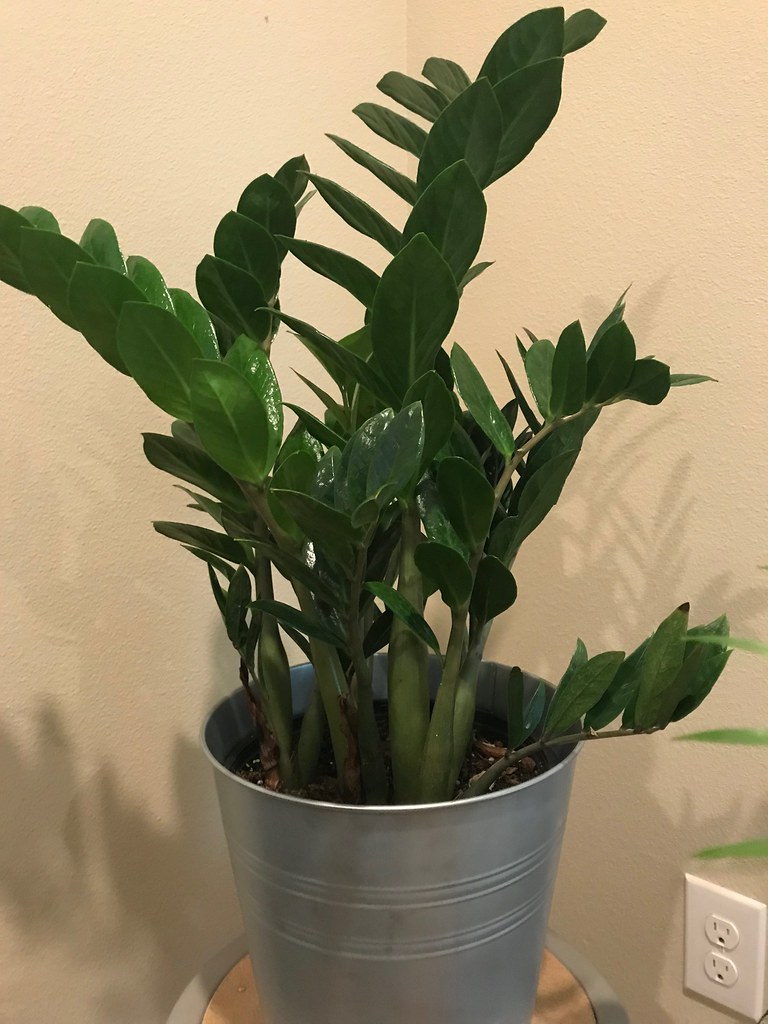
8. ZZ Plant
If you’re looking for the ultimate “set it and forget it” houseplant, the ZZ plant, or Zamioculcas zamiifolia, is your new best friend. This truly tough and gloriously low-maintenance option for new plant parents is renowned for its thick, waxy leaves that maintain their vibrant green luster, even when placed in low-light conditions. Its incredible resilience means this hardy plant can comfortably go for weeks, sometimes even months, without a single drop of water, making it the perfect companion for anyone with a busy schedule, a tendency to forget watering, or who often travels away from home.
One of the many charms of ZZ plants is their wonderfully slow growth rate, which means you won’t be fussing with frequent repotting, further simplifying your plant care routine. They are also incredibly robust and naturally resistant to most common pests and diseases that can sometimes plague other houseplants, offering you peace of mind. This robust nature, coupled with its sleek appearance, adds a modern touch to any interior.
While ZZ plants are famously tolerant of low light, and will certainly survive in dimmer corners, placing your ZZ in a spot that receives bright, indirect light will encourage more vigorous growth and an even more striking, lush display of its glossy foliage. This adaptability in lighting makes it an incredibly versatile plant, allowing you to integrate it seamlessly into various rooms throughout your home.
When it comes to watering, the golden rule for a ZZ plant is patience and restraint; always allow the soil to dry out completely between waterings to prevent any issues. In fact, providing too much water is the primary—and almost only—way to harm this incredibly resilient plant, making it crucial to err on the side of underwatering rather than overwatering. With such minimal care requirements and an impressive ability to forgive neglect, your ZZ plant will effortlessly thrive, bringing a modern touch of lush green to any room in your home and boosting your confidence as a capable plant parent.
Read more about: From Promising Prospects to Puzzling Flops: The Pickup Trucks That Just Can’t Seem to Find a Home
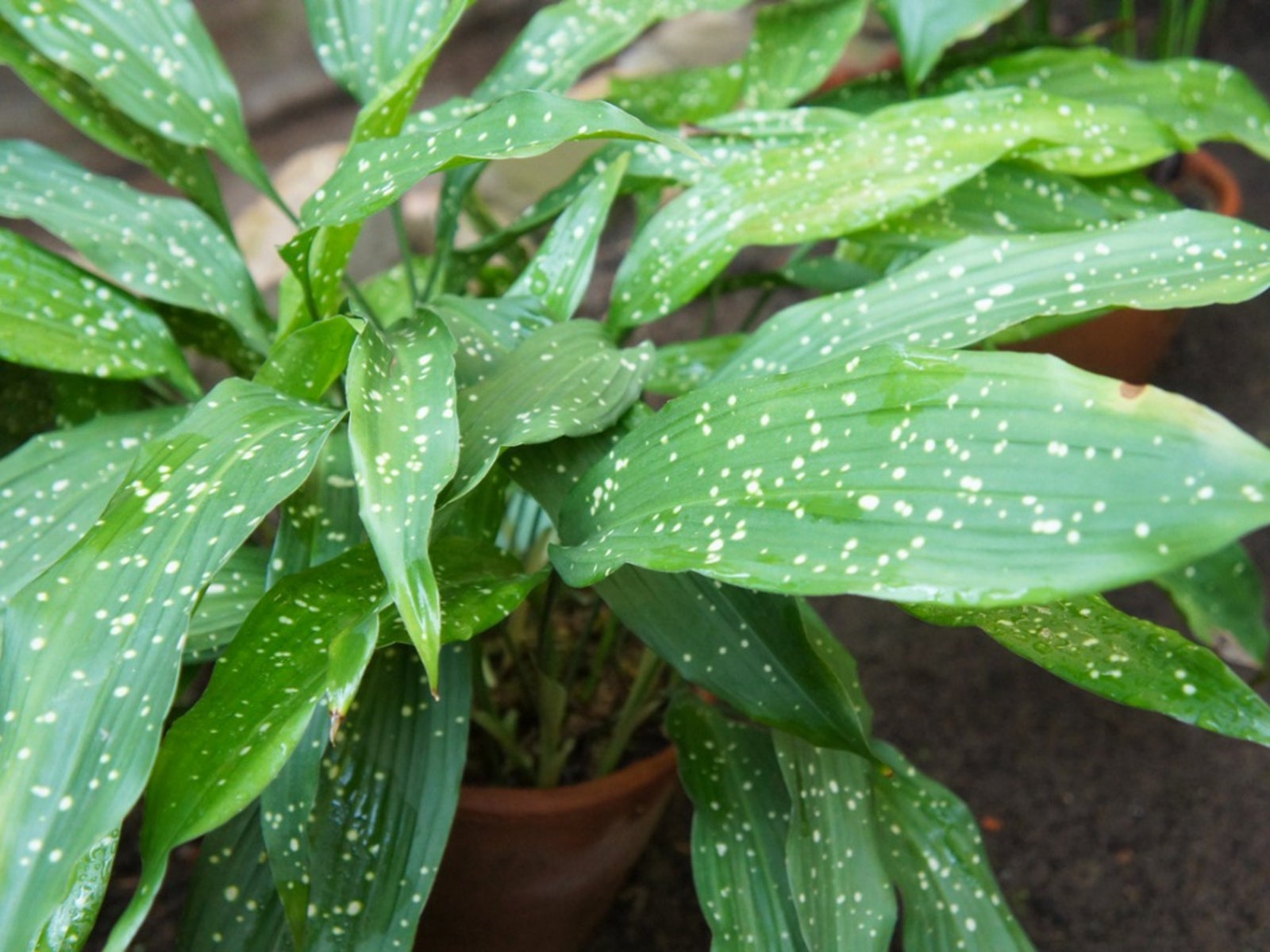
9. Cast Iron Plant
True to its formidable name, the Cast Iron Plant is an unrivaled champion of resilience, making it an absolute must-have for beginners or anyone seeking a truly indestructible green companion. This exceptionally hardy houseplant flourishes even in the most challenging conditions, effortlessly handling low light and irregular watering schedules without missing a beat. Its broad, dark green leaves grow slowly but steadily, ultimately reaching an impressive two feet tall, creating a stately, dignified presence that brings a touch of enduring natural beauty to any indoor setting.
You’ll be amazed by how incredibly adaptable this plant is, bravely thriving in those tricky spots where other, more delicate plants would simply give up—think dimly lit corners, drafty hallways, or even neglected entryways that lack consistent attention. The Cast Iron Plant is refreshingly unfussy about its soil requirements, contentedly growing in a standard potting mix, which completely eliminates the need for any specialized or expensive soil blends. It truly embodies the spirit of an easygoing housemate, asking for very little in return for its steadfast verdant display.
One of the unique aspects of the Cast Iron Plant is its growth characteristic; while it may not be the fastest grower in your collection, the rewards of patience are immensely satisfying as it develops into a mature, lush specimen. This slow and steady growth means you won’t have to worry about it outgrowing its space too quickly, providing a long-term, stable green presence in your home. Its deep green foliage brings a serene and grounding element, enhancing your decor in a subtle yet powerful way.
With such minimal attention required, you’ll be graced with a consistently lush, leafy plant that steadily adds an enduring touch of rich green to any room, silently enhancing your decor without any fuss. A simple, occasional wipe of its broad leaves is all it needs to keep them dust-free and gleaming, a small maintenance step that helps maintain its pristine appearance and ensures your plant always looks its absolute best. Whether you’re a beginner or a busy bee, the Cast Iron Plant stands resilient, effortlessly bringing life to any space.
Read more about: Unlocking the Emerald City: Your Ultimate Guide to Seattle’s Most Incredible Experiences
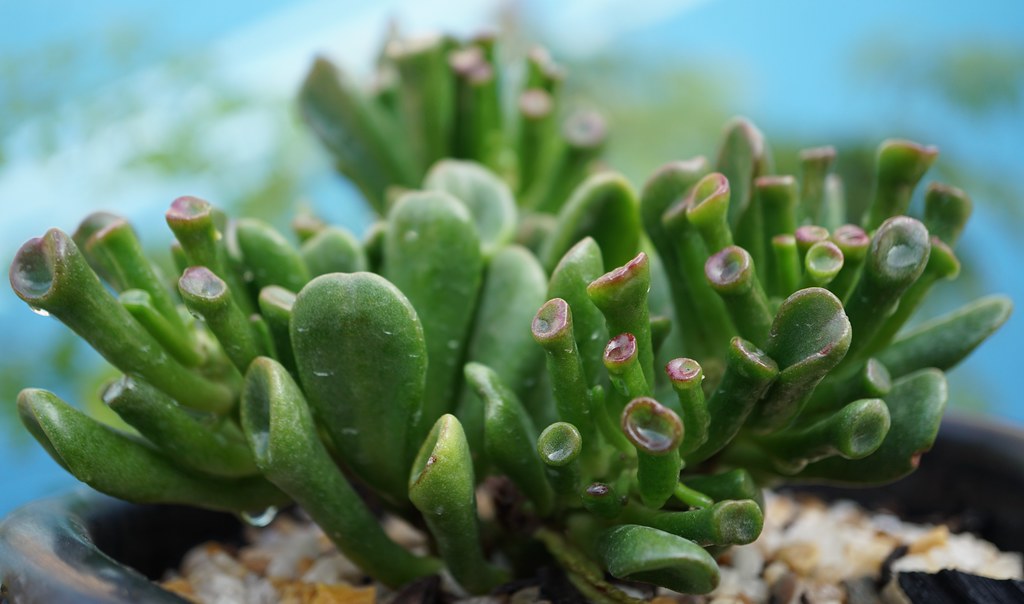
10. Jade Plant
Embrace prosperity and effortless beauty with the delightful Jade Plant, a truly perfect choice for anyone new to the wonderful world of succulents and indoor gardening. These tough-as-nails plants are incredibly forgiving, happily shrugging off a bit of neglect and thriving with minimal fuss, making them ideal for those who appreciate low-maintenance greenery. You’ll quickly fall in love with their distinctive appearance: thick, oval-shaped leaves that boast a vibrant green, often developing a charming reddish tint around the edges when exposed to ample sunlight, and a unique, mini tree-like structure that adds character and a touch of whimsy to any space.
For your Jade Plant to truly flourish and perhaps even reward you with its delicate white or pink flowers during the cooler months, it absolutely thrives in bright, indirect light, with a sunny windowsill often providing the ideal conditions for its robust growth. When it comes to watering, the key is moderation and patience; always allow the soil to completely dry out between waterings before giving it another drink, preventing the common pitfall of overwatering which can be detrimental to succulents. Its naturally slow growth rate means you won’t need to worry about frequent repotting, further simplifying your care routine, just be sure to use a well-draining soil mix to keep its roots healthy and happy.
Beyond its striking aesthetic and incredibly manageable care, the Jade Plant holds a special place in many cultures as a powerful symbol of good luck, wealth, and prosperity, making it a wonderfully popular and meaningful gift for loved ones. These remarkable plants are also incredibly long-lived, with the potential to thrive for decades, even generations, with proper care, becoming cherished heirlooms that carry stories through time. It’s truly a plant that grows with you, both literally and symbolically.
As an added bonus to its beauty and ease, Jade Plants are also excellent contributors to indoor air purification, actively working to help keep your home’s air clean and fresh. This ability to improve your indoor environment, combined with its resilience and symbolic significance, solidifies its status as a truly rewarding and low-effort houseplant that enhances your living space in multiple delightful ways. You’ll be amazed at how much life this easy-going beauty brings.
Read more about: A Powerful Silence: Honoring the Enduring Cinematic Visions of Iconic Directors Whose Journeys Ended Too Soon
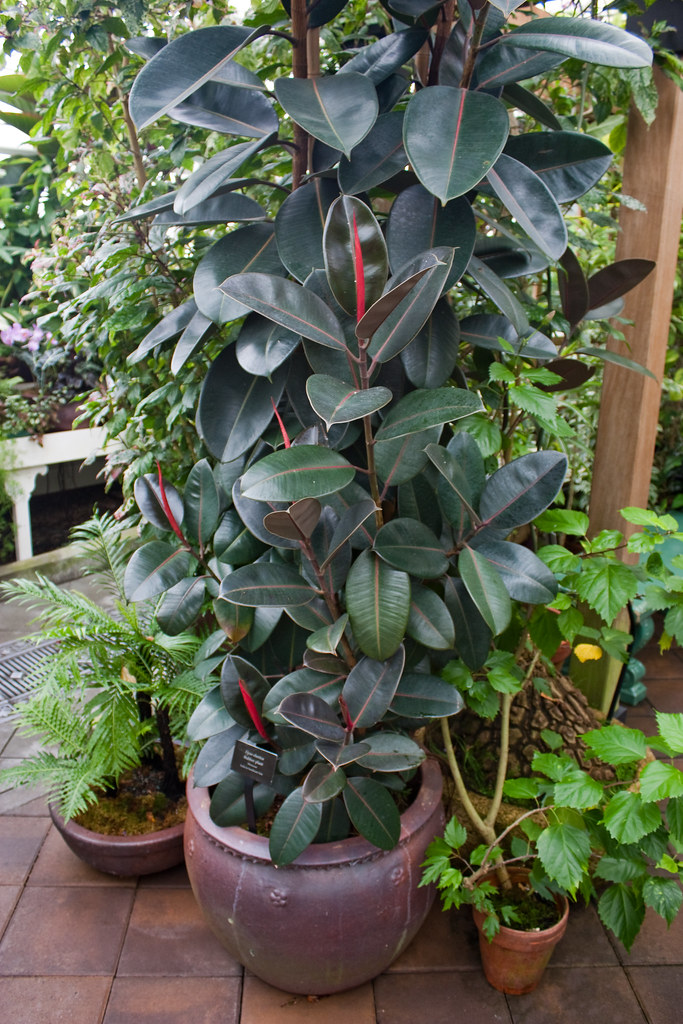
11. Rubber Plant
For those who desire a touch of architectural drama and lush greenery with truly minimal effort, the Rubber Plant is an exceptional choice, perfectly blending striking aesthetics with surprising hardiness. These tough, incredibly adaptable houseplants are renowned for their magnificent, large, glossy leaves that effortlessly add a sophisticated statement to any room, instantly elevating the aesthetics of your living space with their rich, deep hues. With the potential to grow quite tall and develop into an impressive, stately specimen, they are perfectly suited for filling empty corners, creating an impactful focal point, or simply adding a vibrant burst of life where it’s most needed.
You’ll quickly discover that rubber plants are surprisingly easy to care for, making them a fantastic addition to almost any home, even for burgeoning plant parents. While they absolutely adore bright, indirect light, which encourages their most vibrant growth, they possess a wonderful tolerance for lower light conditions, adapting gracefully to less-than-ideal spots. Watering is straightforward and forgiving: simply wait until the top inch of soil feels dry to the touch before giving them a thorough drink, ensuring they get enough moisture without becoming waterlogged.
Unlike some fussier tropicals that demand constant humidity, rubber plants aren’t particularly bothered by average indoor humidity levels, making them an ideal, low-stress choice for most indoor environments without needing special misting or humidifiers. This adaptability to common household conditions is a major part of what makes them such a dream to care for, allowing you to place them in various rooms without constant worry about their comfort.
Beyond their undeniable beauty and easy-going temperament, rubber plants are also recognized as effective air purifiers, actively working to cleanse the air in your home of common toxins, contributing to a healthier and fresher atmosphere. Their inherent durability is another major plus; these resilient beauties can often “bounce back” with remarkable vigor from occasional neglect or a missed watering, proving their mettle as truly forgiving companions. With such minimal care, your rubber plant will consistently flourish, transforming into a stunning, long-lasting, and truly impactful addition to your cherished indoor garden collection.
Read more about: Beyond the Hype: Unpacking Why Vintage Japanese Cars Are Commanding Astounding Prices at Auction
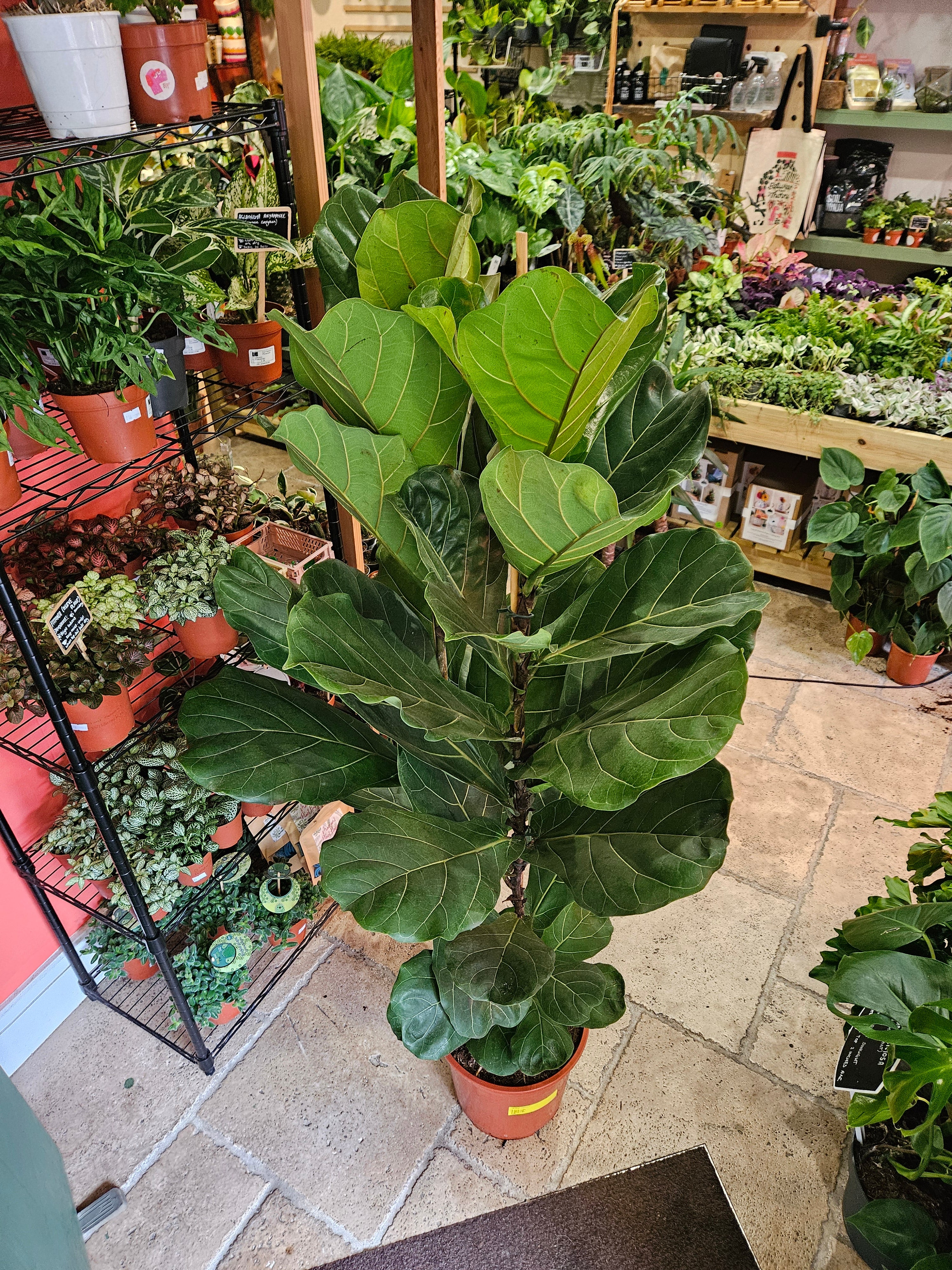
12. Fiddle Leaf Fig
The Fiddle Leaf Fig is undeniably one of the most coveted and popular choices among indoor plant enthusiasts, celebrated for its dramatic flair and captivating presence. Its signature large, distinctively violin-shaped leaves create an instant focal point, adding a touch of sophisticated drama and lush tropical elegance to any room. While it might have a reputation for being a bit temperamental, with a few key considerations and a consistent care routine, this plant can be surprisingly manageable and deeply rewarding for those seeking a truly stunning statement piece.
To truly see your Fiddle Leaf Fig thrive and display its iconic grandeur, it absolutely flourishes in a spot that receives bright, indirect light. Think near a south or west-facing window, but slightly out of the direct glare of harsh, scorching sun, which can burn its delicate leaves. Providing ample, yet filtered, light is crucial for its vigorous growth and the development of its magnificent, deeply veined foliage, allowing it to become the showstopper it’s meant to be.
When it comes to watering, consistency is absolutely key to a happy Fiddle Leaf Fig; allow the top inch or two of soil to dry out to the touch before thoroughly watering again. It’s vitally important to avoid overwatering, as this is the most common pitfall that can lead to root rot and other distress signals from your plant, so always ensure good drainage in your pot and never let it sit in standing water. Regularly dusting its magnificent leaves isn’t just for aesthetics; it also serves a crucial functional purpose, allowing for better light absorption and keeping your plant looking its absolute best.
While Fiddle Leaf Figs certainly have the potential to grow into impressive, tree-like specimens indoors, you can confidently control their size and shape through strategic pruning, encouraging a bushier habit if desired. Don’t be alarmed if your plant occasionally drops a few lower leaves; this is a perfectly normal process as it adjusts to its new environment or as older leaves naturally senesce and are replaced. With a mindful approach to light and watering, your Fiddle Leaf Fig will undoubtedly become a striking, living sculpture and a truly magnificent focal point that you’ll be proud to nurture and watch flourish in your home.
Read more about: Snap, Share, Inspire: 14 Powerful Photos That Sparked Global Awareness for Our Planet
So there you have it—a treasure trove of resilient, beautiful houseplants that are practically begging to be adopted into your home, regardless of your past plant-parenting track record. From the practical, healing power of the Aloe Vera to the dramatic flair of the Fiddle Leaf Fig, and the steadfast presence of the Cast Iron Plant, each of these botanical beauties offers unique charm and a promise of low-effort greenery. Remember Anup Mutalik’s wise advice: embrace “neglectful care” and focus on observation. With these forgiving plants, you’re not just adding decor; you’re cultivating a serene, healthier living space and boosting your confidence along the way. Get ready to transform your home into a thriving oasis, one easy-to-love houseplant at a time!



